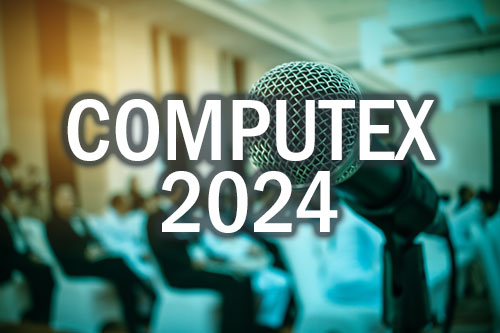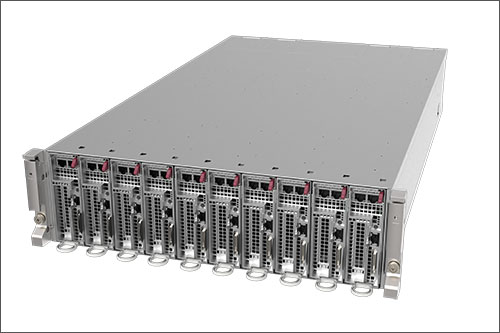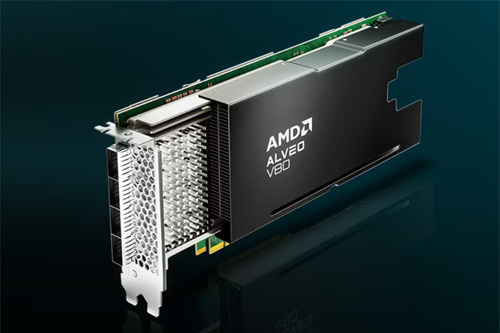Artificial intelligence is boosting both project management and supply chains. Cybersecurity spending is on a tear. And small and midsize businesses are struggling with more suppliers than employees.
That’s some of the latest IT intelligence from leading industry watchers. And here’s your research roundup.
AI for PM
What’s artificial intelligence good for? One area is project management.
In a new survey, nearly two-thirds of project managers (63%) reported improved productivity and efficiency with AI integration.
The survey was conducted by Capterra, an online marketplace for software and services. As part of a larger survey, the company polled 2,500 project managers in 12 countries.
Nearly half the respondents (46%) said they use AI in their project management tools. Capterra then dug in deeper with this second group—totaling 1,153 project managers—to learn what kinds of benefits they’re enjoying with AI.
Among the findings:
- Over half the AI-using project managers (54%) said they use the technology for risk management. That’s the top use case reported.
- Project managers plan to increase their AI spending by an average of 36%.
- Nine in 10 project managers (90%) said their AI investments earned a positive return in the last 12 months.
- Improved productivity as a result of using AI was reported by nearly two-thirds of the respondents (63%).
- Looking ahead, respondents expect the areas of greatest impact from AI to be task automation, predictive analytics and project planning.
AI for Supply Chains, Too
A new report from consulting firm Accenture finds that the most mature supply chains are 23% more profitable than others. These supply-chain leaders are also six times more likely than others to use AI and Generative AI widely.
To figure this out, Accenture analyzed nearly 1,150 companies in 15 countries and 10 industries. Accenture then identified the 10% of companies that scored highest on its supply-chain maturity scale.
This scale was based on the degree to which an organization uses GenAI, advanced machine learning and other new technologies for autonomous decision-making, advanced simulations and continuous improvement. The more an organization does this, the higher was their score.
Accenture also found that supply-chain leaders achieved an average profit margin of 11.8%, compared with an average margin of 9.6% among the others. (That’s the 23% profit gain mentioned earlier.) The leaders also delivered 15% better returns to shareholders: 8.5% vs. 7.4% for others.
HR: Help Wanted
If solving customer pain points is high on your agenda—and it should be—then here’s a new pain point to consider: Fewer than 1 in 4 human relations functions say they’re getting full business value from their HR technology.
In other words, something like 75% of HR executives could use some IT help. That’s a lot of business.
The assessment comes from research and analysis firm Gartner, based on its survey of 85 HR leaders conducted earlier this year. Among Gartner’s findings:
- Only about 1 in 3 HR executives (35%) feel confident that their approach to HR technology helps to achieve their organization’s business objectives.
- Two out of three HR executives believe their HR function’s effectiveness will be hurt if they don’t improve their technology.
Employees are unhappy with HR technology, too. Earlier this year, Gartner also surveyed more than 1,200 employees. Nearly 7 in 10 reported experiencing at least one barrier when interacting with HR technology over the previous 12 months.
Cybersecurity’s Big Spend
Looking for a growth market? Don’t overlook cybersecurity.
Last year, worldwide spending on cybersecurity products totaled $106.8 billion. That’s a lot of money. But event better, it marked a 15% increase over the previous year’s spending, according to market watcher IDC.
Looking ahead, IDC expects this double-digit growth rate to continue for at least the next five years. By 2028, IDC predicts, worldwide spending on cybersecurity products will reach $200 billion—nearly double what was spent in 2023.
By category, the biggest cybersecurity spending last year went to network security: $27.4 billion. After that came endpoint security ($21.6 billion last year) and security analytics ($20 billion), IDC says.
Why such strong spending? In part because cybersecurity is now a board-level topic.
“Cyber risk,” says Frank Dickson, head of IDC’s security and trust research, “is business risk.”
SMBs: Too Many Suppliers
It’s not easy standing out as a supplier of small and midsize business customers. A new survey finds the average SMB has nine times more suppliers than it does employees—and actually uses only about 1 in 4 of those suppliers.
The survey, conducted by spend-management system supplier Spendesk, focused on customers in Europe. (Which makes sense, as Spendesk is headquartered in Paris.) Spendesk examined 4.7 million suppliers used by a sample of its 5,000 customers in the UK, France, Germany and Spain.
Keeping many suppliers while using only a few of them? That’s not only inefficient, but also costly. Spendesk estimates that its SMB customers could be collectively losing some $1.24 billion in wasted time and management costs.
And there’s more at stake, too. A recent study by management consultants McKinsey & Co. finds that small and midsize organizations—those with anywhere from 1 to 200 employees—are actually big business.
By McKinsey’s reckoning, SMBs account for more than 90% of all businesses by number … roughly half the global GDP … and more than two-thirds of all business jobs.
Fun fact: Nearly 1 in 5 of the largest businesses originally started as small businesses.
Do More:
- Explore AI solutions from AMD












